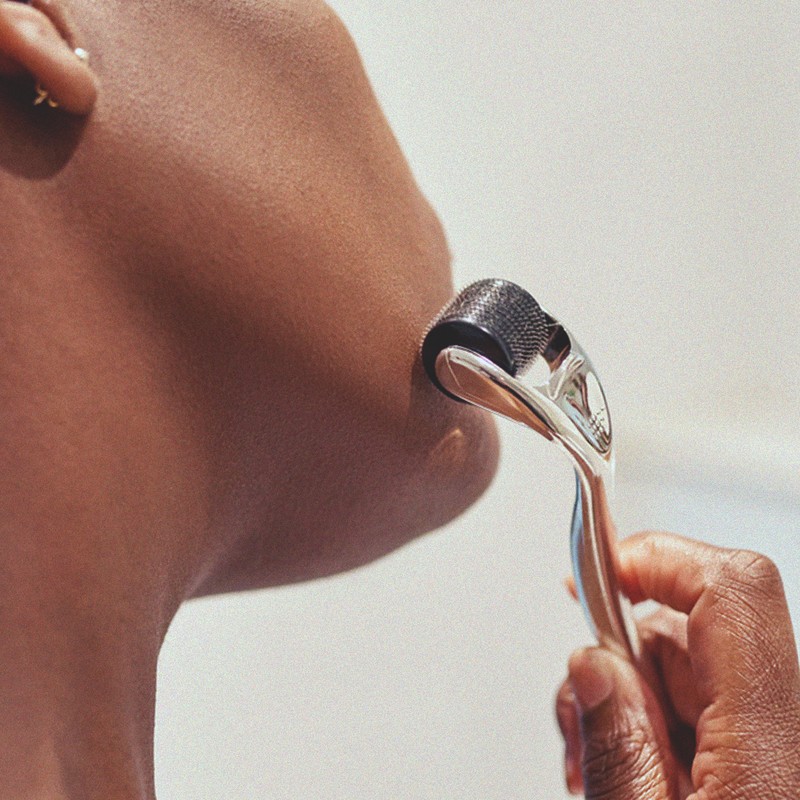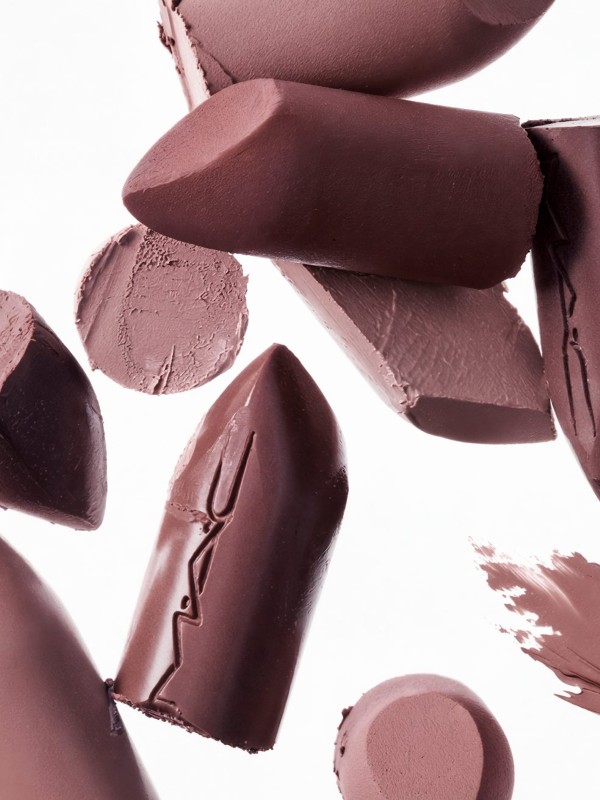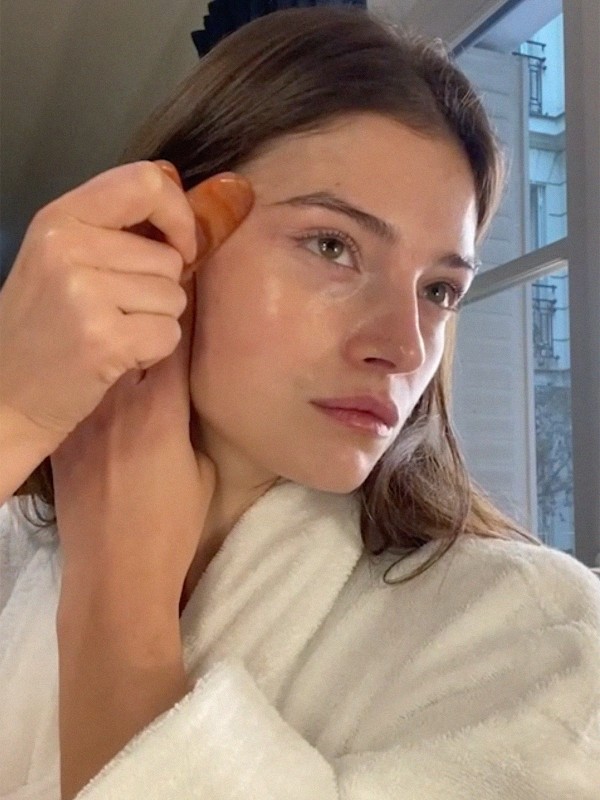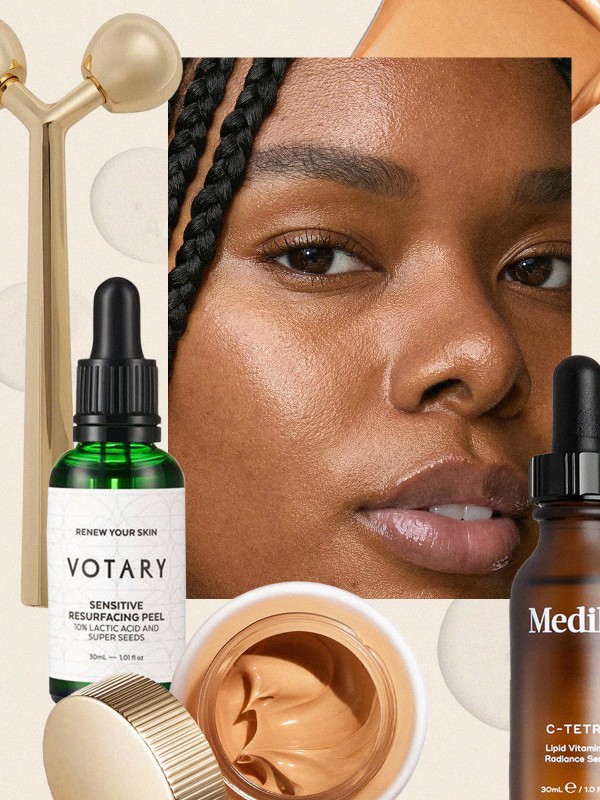
What You Need To Know About Microneedling
How It Works
“Microneedling is a technique used to reform skin by creating a series of micro-wounds,” explains dermatologist, Dr Benji Dhillon. “It’s a pen-like device that uses tiny needles which penetrate the top layer of skin to reach the epidermis and deeper dermis, stimulating new collagen formation, elastin and hyaluronic acid – all of which are key to ensuring our skin looks young. The treatment allows for tiny, controlled injuries, in turn helping the skin to remain tighter and thicker.” According to studies, skin treated with four microneedling sessions produced up to 400% increase in collagen and elastin six-months post-treatment.
Anyone With Concerns About Ageing Can Benefit
“Collagen is essential for the youthful appearance of your skin,” explains aesthetic doctor at Skin & Sanctuary, Dr You-Jin Chang. “Unfortunately, the intrinsic process of ageing means we start losing 1% of collagen from as early as our 20s, while women can lose a dramatic 30% during the first five years of the menopause. While microneedling cannot turn ageing around entirely, it does help to replace and boost collagen, which is what makes it so good for anyone concerned about a loss of elasticity. It’s a great way to keep your complexion looking and feeling fresh. You’ll find it does a bit of everything, too – from treating fine lines, to atrophic (acne) scars, and boosting dullness, too. Though great for the face, you can try it on the body, too.”
The Quality Is Better Than Ever
“Microneedling has been popular for a long time, but it’s on the up now that the quality of devices are better than ever and work for all skin tones,” says Claire Williams, founder of WowFacial.co.uk. “This is important, as you want to have maximum results but with minimum downtime. Both the Skin Pen and WOW Fusion offer this, as well as great results for numerous skin complaints – especially those that are primarily related to ageing.” Dr You-Jin Chang adds: “As the devices have come a long way, so have the results in terms of longevity. The Skin Pen specifically is less invasive and generally more affordable as the treatments are spaced 30 days apart – when you’ve finished, you’ll notice a marked improvement to your skin for at least six months, though some may even see it for longer.”
The Pain Is Minimal
“Some patients describe the pain as uncomfortable or sensitive, but a local anaesthetic cream will help take away almost all of the discomfort,” adds Benji. “At most, you’ll experience slightly red skin and minimal swelling, but this should subside by the evening or the following day, when you’ll look back to normal or with mildly pink skin.” Skincare expert and clinic aesthetician, Pamela Marshall agrees: “The process itself is fast – about 15 minutes – so pain is kept to a minimum and most experts will offer a healing treatment afterwards that includes skin-soothing LED.”
At-Home Devices Should Be Used With Caution
“DIY microneedling is rarely recommended by experts,” explains Pamela. “There’s a technique to the treatment that doesn’t create a drag on the skin, but you can never be sure that at-home equipment is totally disinfected. It only takes setting your needle head down for a second onto a non-disinfected surface to cause irritation. In a clinic, needle heads are never re-used, so you can be sure everything is sanitary.” Claire agrees: “There are many at-home remedies available now, but don’t just snap up anything. You need to know the exact ‘mm’ you need for the needles, which is why it’s always best to ask for professional advice. While DIY kits are great for maintenance, they are never as effective as professional ones.”
You Only Need A Few Sessions
“It’s different for every person,” says Pamela. “Ideally, you would do a microneedling treatment, then a month or two later reassess by taking 2D photos and comparing with earlier snaps.” Benji agrees: “While everyone is different, generally speaking, three sessions are required, spaced a month apart. However, for deep lines or acne scarring, up to six sessions are recommended, with each being one month apart. It varies, but it’s also worth noting that skin will look plumper and more luminous immediately post-treatment.
Not Everyone Is Eligible
“The treatment isn’t suitable for everyone,” continues Claire. “If you have compromised skin – think acne – or suffer from rosacea, psoriasis or eczema, then microneedling will only exacerbate the issue. Before any treatment starts, your skin will be assessed thoroughly so you can be sure it’s right for you.” Dr You-Jin Chang adds: “Those with active acne treatment should be cautious, too – especially if you’re using roaccutane, or have been within the last six months. Likewise, anyone who is immunosuppressed should avoid microneedling, or again, speak to their healthcare provider first.”
There Are Endless Pros
“Benefits include a complete reformation of the skin,” adds Pamela. “When you ‘wound’ your skin, the body releases arachidonic acid (AA). AA is the boss of our healing mechanism, eliciting our glycosaminoglycans to build. Ultimately, that means the forming of new collagen, elastin and hyaluronic acid. When collagen is first formed, it’s called collagen type three, but after time, that collagen turns into adult collagen, thereby creating a new structure. It also helps with acne scarring, premature ageing, capillary reduction, hyperpigmentation and can reduce cellulite, as well as stimulate dormant hair follicles.”
Seeing A Trained Professional Is Paramount
“This may sound obvious, but it’s important you’re seeing someone who’s regulated and well-versed in microneedling,” continues Dr You-Jin Chang. “Always have a thorough consultation before you start any treatment like this and ask questions – don’t be shy. A qualified practitioner will be comfortable in answering them and they will take their time to help you identify your concerns and tailor make your treatment to your skin and concern. Look for treatments – like the skin pen device – which are FDA cleared and carry medical certification.”
The Bottom Line…
“The pros are really incredible, especially for clients that have acne scarring or premature ageing,” Pamela continues. “It can become an addiction for some clients, and you have to manage their treatment process, as again, you don’t want to over-wound the skin. It’s also quick to perform and very minimal on the pain-front. Plus, the treatment can be combined with other ingredients to enhance the results even further. As for cons, this is based on each individual. Not everyone is a candidate, and you should never work on a younger person unless they have scarring, and their acne isn’t active. Again, it’s a big wound and it comes with 24 hours of downtime. Always consult with your dermatologist or skincare expert before proceeding.”
Want to try it? SL recommends these five places:
-
Skn Clinics; SknClinics.co.uk
-
Eudelo Dermatology; Eudelo.com
-
Kate Kerr London; KateKerrLondon.co.uk
-
Dr Benji Dhillon At Define; DefineCinic.com
-
The Harley Street Clinic; TheHarleyStreetDermatologyClinic.co.uk
DISCLAIMER: We endeavour to always credit the correct original source of every image we use. If you think a credit may be incorrect, please contact us at info@sheerluxe.com.





